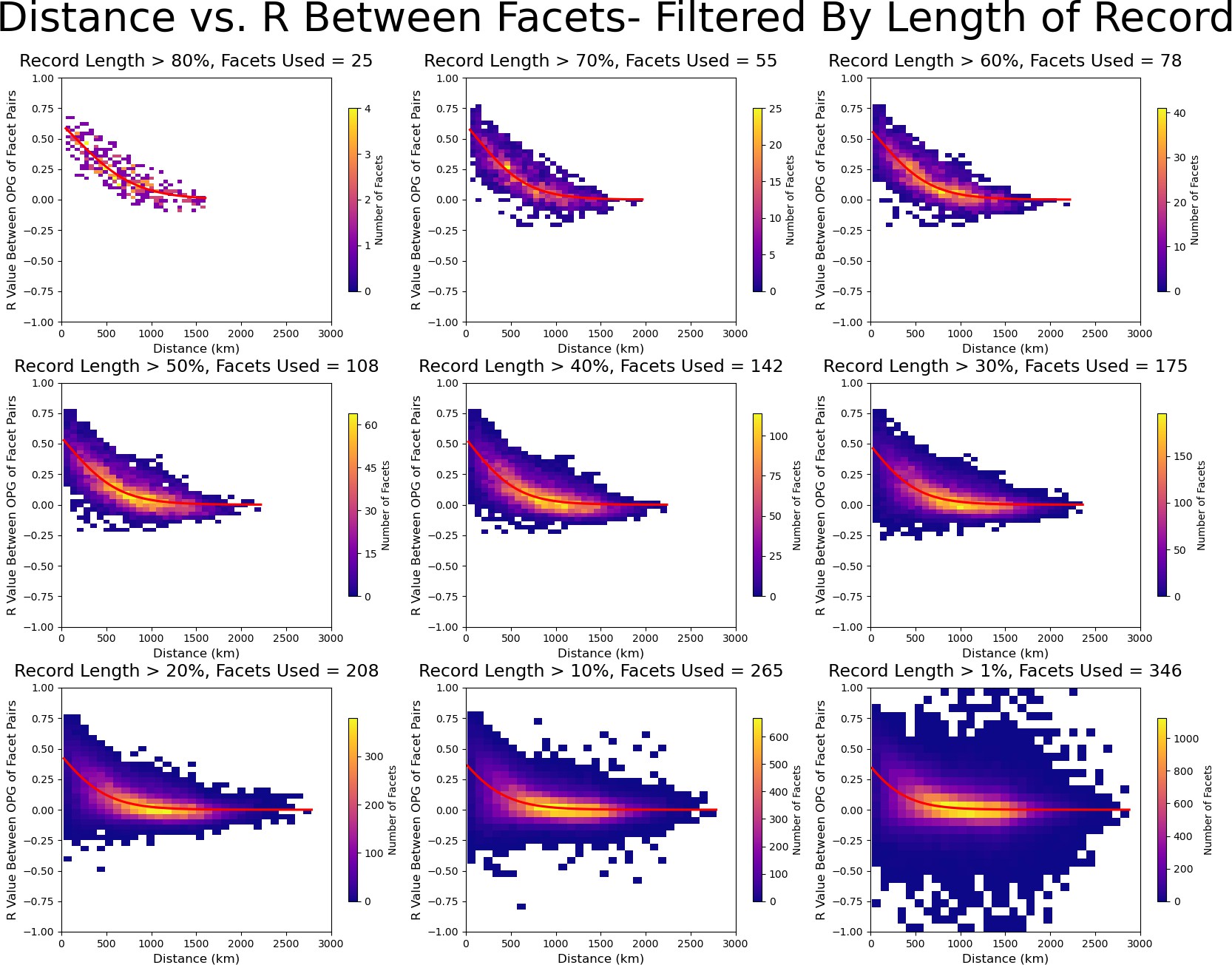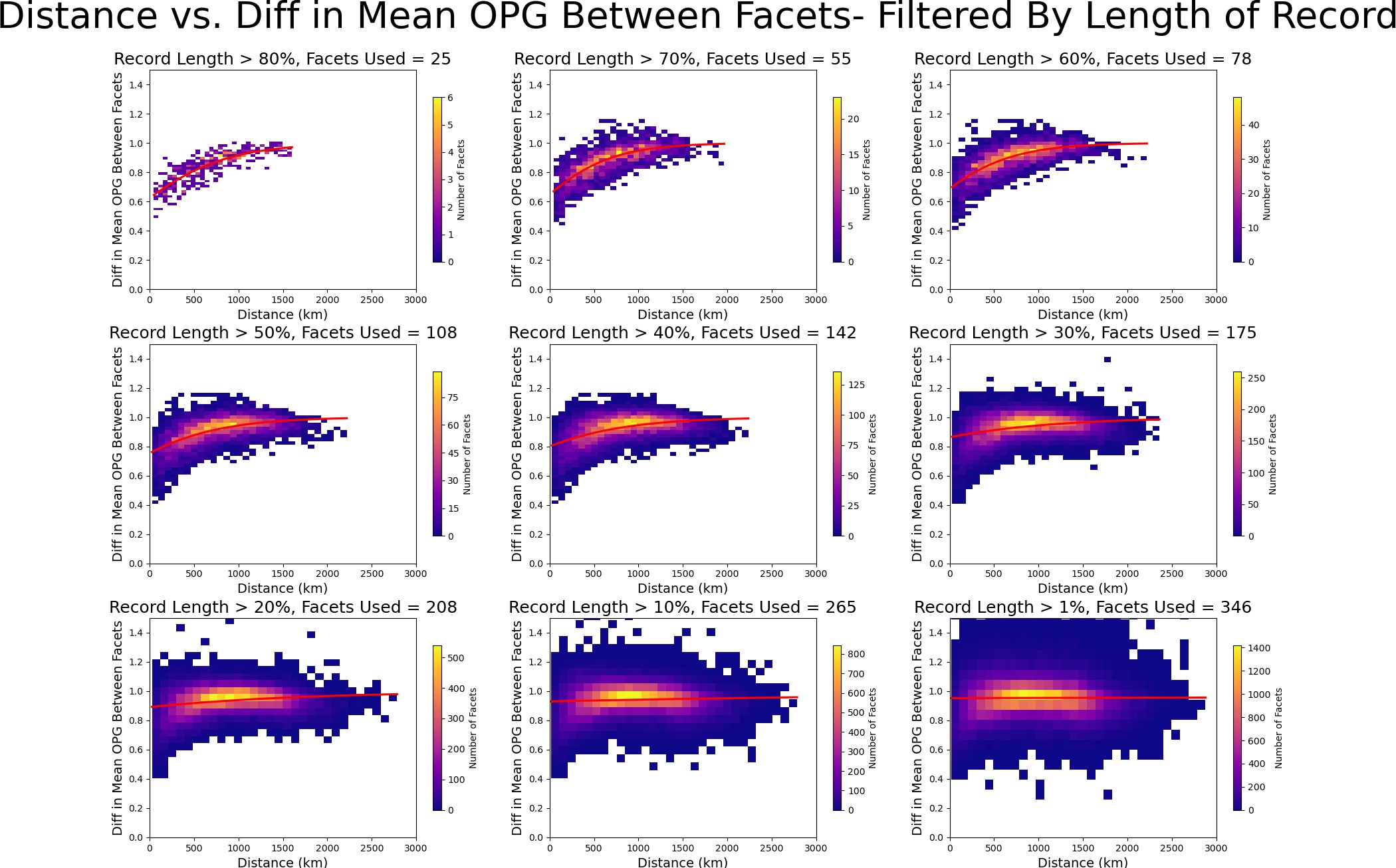College of Mines and Earth Sciences
79 Evaluating Spatial Relationships of Orographic Precipitation Gradients to Apply in Training a Convolutional Neural Network
Annabelle Warner
Faculty Mentor: Courtenay Strong (Atmospheric Sciences, University of Utah)
For regions of complex terrain, such as the western Continental United States (CONUS), many current atmospheric models lack the ability to produce precise precipitation forecasts. Our research group explored downscaling precipitation by predicting daily orographic precipitation gradients (OPG), which represent the relationship between precipitation and elevation. To accomplish this, the western CONUS topography was divided into facets (i.e., mountain faces), with each facet recording a daily precipitation observation, culminating in a dataset of about 40 years of daily observations. Daily OPGs of facets were then predicted using a Convolutional Neural Network (CNN), which was trained on the OPGs and learned to identify patterns in the training data.
Using daily OPGs to train the CNN revealed imitations of the training data due to varying lengths of precipitation observation records per facet. Therefore, this project sought to examine the spatial relationships between Western CONUS OPGs as a possible leverage to improve the CNN results. To evaluate OPG spatial relationships, I plotted the relationship between distance and the OPG correlation of facet pairs, and the relationship between distance and the difference in daily mean absolute OPGs of facet pairs. I hypothesized that the availability of precipitation observations may affect the quality of formulated OPGs and therefore, the relationships between them. Implementation of filtering by length of precipitation record revealed the hypothesized results. Specifically, facets with longer precipitation records tended to reveal the expected exponentially decreasing relationship between distance and OPG correlation and a logarithmically increasing relationship between distance and difference in daily mean OPGs. In other words, neighboring facets should have similar OPGs, whereas non-neighboring facets should see a decrease in OPG similarity. These findings provide new insight into the western CONUS OPGs and a useful parameter in CNN training by which predicted OPGs are constrained to the expected spatial relationship.

Figure 1. Filtering by increasing record length threshold reduces noise and reveals the expected exponentially decreasing relationship between distance and OPG correlation.

Figure 2. Filtering by increasing record length threshold reduces noise and reveals the expected logarithmically increasing relationship between distance and difference in daily mean OPGs.
Bibliography
Bohne, L., C. Strong, W. J. Steenburgh, 2020: Climatology of orographic precipitation gradients in the contiguous Western United States, Journal of Hydrometeorology, 21, 1723-1740, https://doi.org/10.1175/JHM-D-19-0229.1.
Wilks, D. S. Statistical Methods in the Atmospheric Sciences. 4th ed. San Diego: Elsevier, 2019.

